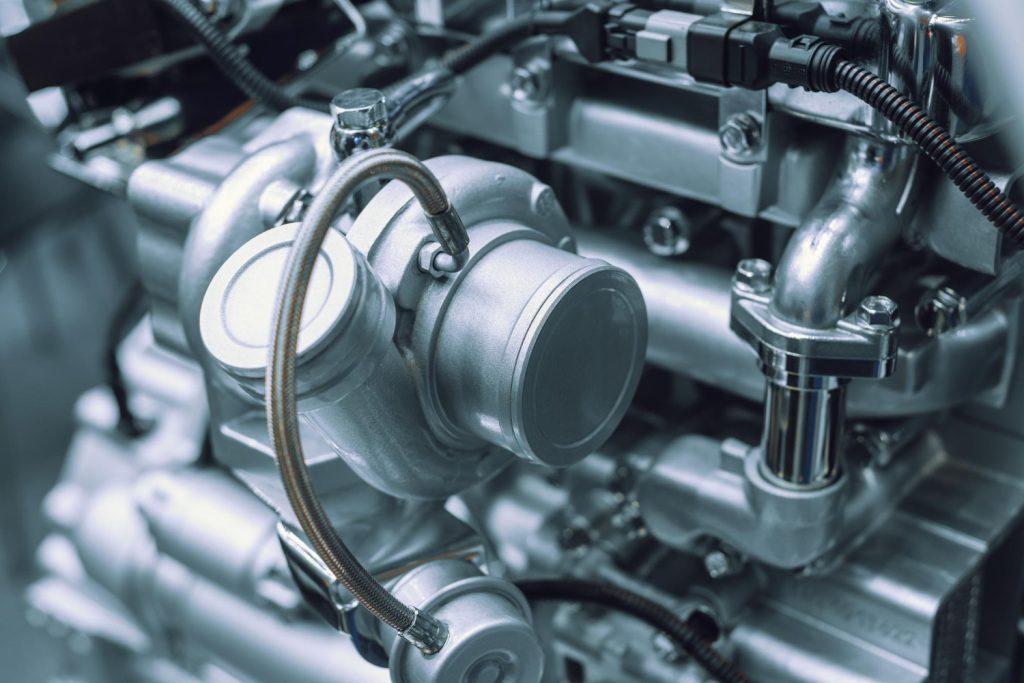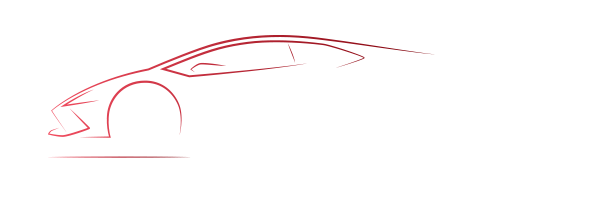Mobile Vehicle Inspections Engine Checklist Guide
This detailed list covers various components and systems within the engine compartment, ensuring a thorough inspection of the vehicle’s mechanical condition. Adjustments can be made based on specific vehicle types and models.

Engine Inspection:
Engine Oil:
Check oil level and color.
Look for any visible contaminants.
Transmission Fluid:
Inspect transmission fluid level and condition.
Brake Fluid:
Check brake fluid level and clarity.
Power Steering Fluid:
Inspect power steering fluid level.
Coolant/Antifreeze:
Check coolant level and color.
Battery:
Inspect the battery for secure mounting.
Check terminals for corrosion.
Battery Voltage:
Use a multimeter to measure battery voltage.
Drive Belts:
Inspect belts for wear and proper tension.
Timing Belt:
Check the timing belt for wear and replace if necessary.
Engine Hoses:
Inspect hoses for cracks, leaks, or bulges.
Radiator:
Check radiator for leaks or damage.
Thermostat:
Test thermostat functionality.
Air Filter:
Inspect air filter for cleanliness.
Fuel Filter:
Check fuel filter for any signs of clogs.
Engine Mounts:
Inspect engine mounts for wear or damage.
Exhaust System:
Check for rust, leaks, or loose parts.
Oxygen Sensor:
Test oxygen sensor functionality.
Spark Plugs:
Inspect spark plugs for wear and proper gap.
Ignition Wires:
Check ignition wires for wear or damage.
Distributor Cap and Rotor:
Inspect for wear or corrosion.
PCV Valve:
Check PCV valve for proper operation.
Brake Booster:
Inspect for vacuum leaks.
Master Cylinder:
Check master cylinder for leaks.
Fluid Leaks:
Look for any visible fluid leaks under the engine.
Engine Cover:
Inspect for proper installation.
Vacuum Hoses:
Check vacuum hoses for cracks or leaks.
Turbocharger/Supercharger:
Inspect for leaks or abnormal noises if applicable.
Coolant Hoses:
Inspect coolant hoses for wear or damage.
Coolant Reservoir:
Check coolant reservoir level.
Dipstick:
Inspect oil dipstick for proper oil level.
Oil Filler Cap:
Check oil filler cap for proper sealing.
Throttle Body:
Inspect for carbon buildup.
Intake Manifold:
Check for leaks or loose connections.
Exhaust Manifold:
Inspect for cracks or leaks.
Turbo Intercooler:
Inspect for damage or leaks if applicable.
Radiator Cap:
Check radiator cap for proper sealing.
Engine Coolant Temperature Sensor:
Test for proper functionality.
Power Steering Pump:
Check for leaks or unusual noises.
Brake Lines:
Inspect brake lines for corrosion or leaks.
Fuel Injector:
Test fuel injectors for proper spray pattern.
Alternator:
Check alternator for proper charging.
Starter Motor:
Test starter motor functionality.
Serpetine Belt Tensioner:
Inspect for proper tension.
Cruise Control Module:
Test cruise control functionality.
Throttle Position Sensor:
Check for proper operation.
Engine Ground Strap:
Inspect for secure connection.
Exhaust Gas Recirculation (EGR) Valve:
Test for proper functionality.
MAP Sensor:
Inspect for proper operation.
Battery Cables:
Check battery cables for corrosion and tightness.
Engine Control Module (ECM):
Scan for any stored error codes.
